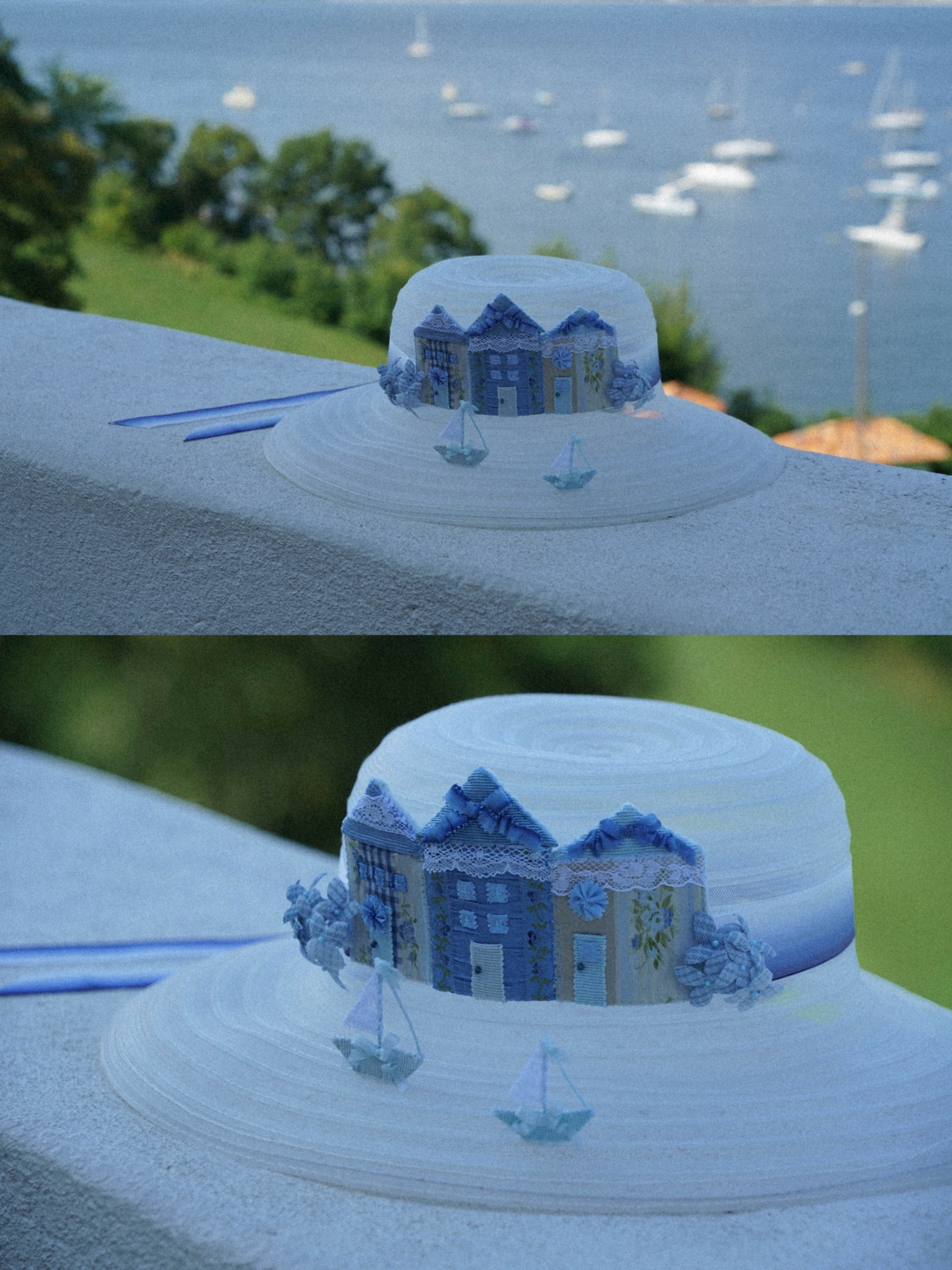We’re excited to introduce you to the always interesting and insightful Tina Deng. We hope you’ll enjoy our conversation with Tina below.
Tina, thanks for joining us, excited to have you contributing your stories and insights. We’d love to hear about a project that you’ve worked on that’s meant a lot to you.
Food has always been a powerful medium for storytelling, evoking emotions, nostalgia, and personal identity. Five years ago, I embarked on a journey to transform food into wearable art. Among all my creations, my Cantonese Traditional Food Series holds the deepest meaning for me.
I was born and raised in Guangdong, China, where food is not just a necessity—it is a source of pride, a cultural symbol, and a way of life. Whenever I think of my hometown, the first thing that comes to mind is its rich culinary heritage. Unlike Western pastries like macarons and cupcakes, which are frequently romanticized in fashion and accessories, traditional Cantonese dim sum has rarely been represented in wearable art. I found this gap intriguing. With its intricate shapes, delicate textures, and deep cultural significance, why hadn’t anyone turned these beloved dishes into artistic adornments?
The inspiration for this project came from Ang Lee’s film Eat Drink Man Woman. There’s a scene where the father, a retired master chef, carefully prepares an elaborate traditional meal for his daughters. Every dish is filled with unspoken emotions—a quiet act of love and connection. That moment resonated with me deeply. It reminded me that food is more than just sustenance; it is a form of communication, a bridge between generations, and a reflection of our identity. I wanted to capture that essence in my work.
When I introduced my Cantonese Food Series, the response was overwhelming. Many people reached out to share how these designs reminded them of their childhood, family gatherings, and their own cultural heritage. Some were moved to see traditional Chinese food represented in fashion for the first time. That was when I realized—I wasn’t just making accessories. I was rekindling cultural memories, creating tangible connections between people and their past.
Food is not just something we eat—it is a carrier of identity, history, and emotions. Through my work, I strive to preserve and celebrate those connections, turning nostalgia into something wearable, something that tells a story, and something that bridges cultures.
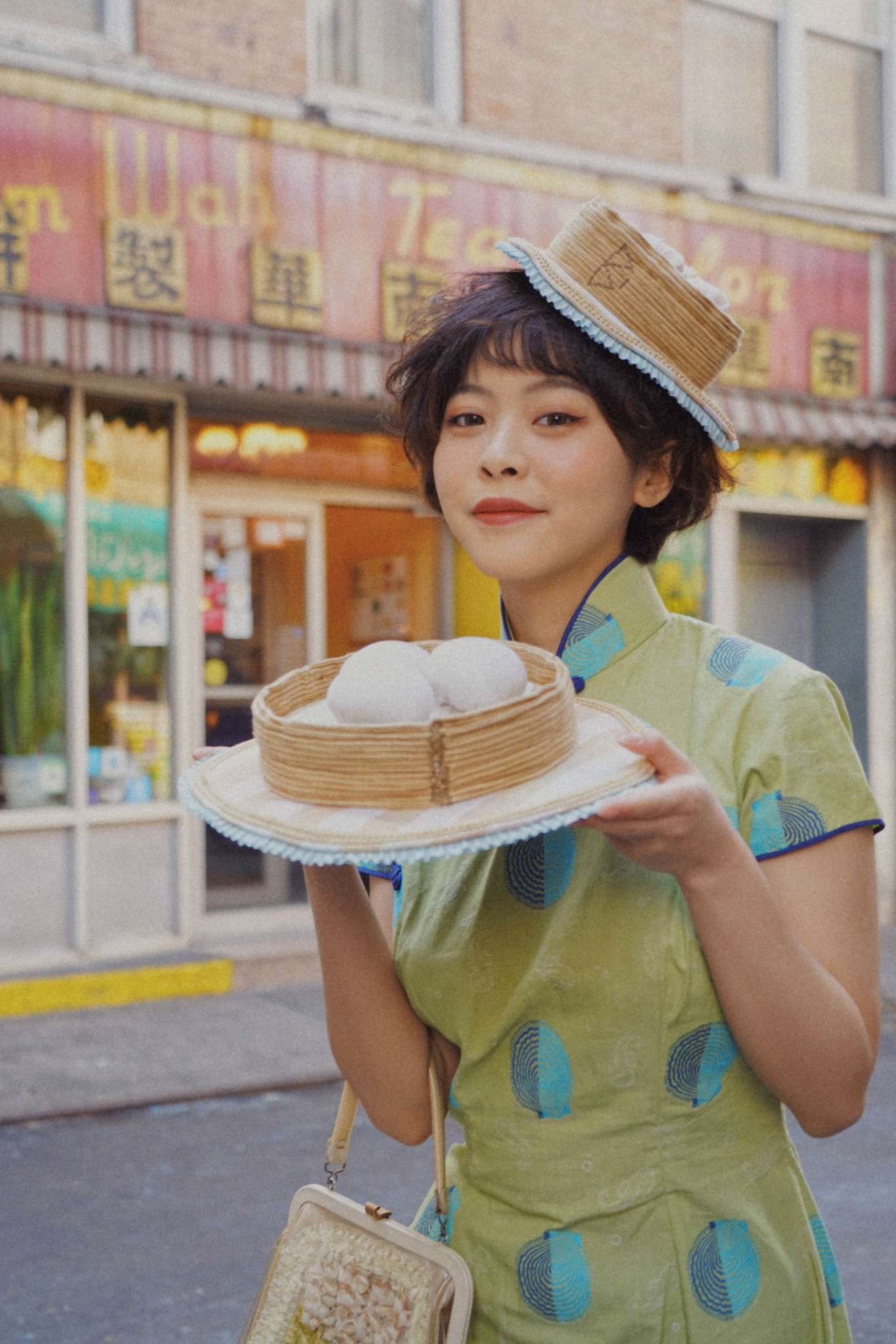
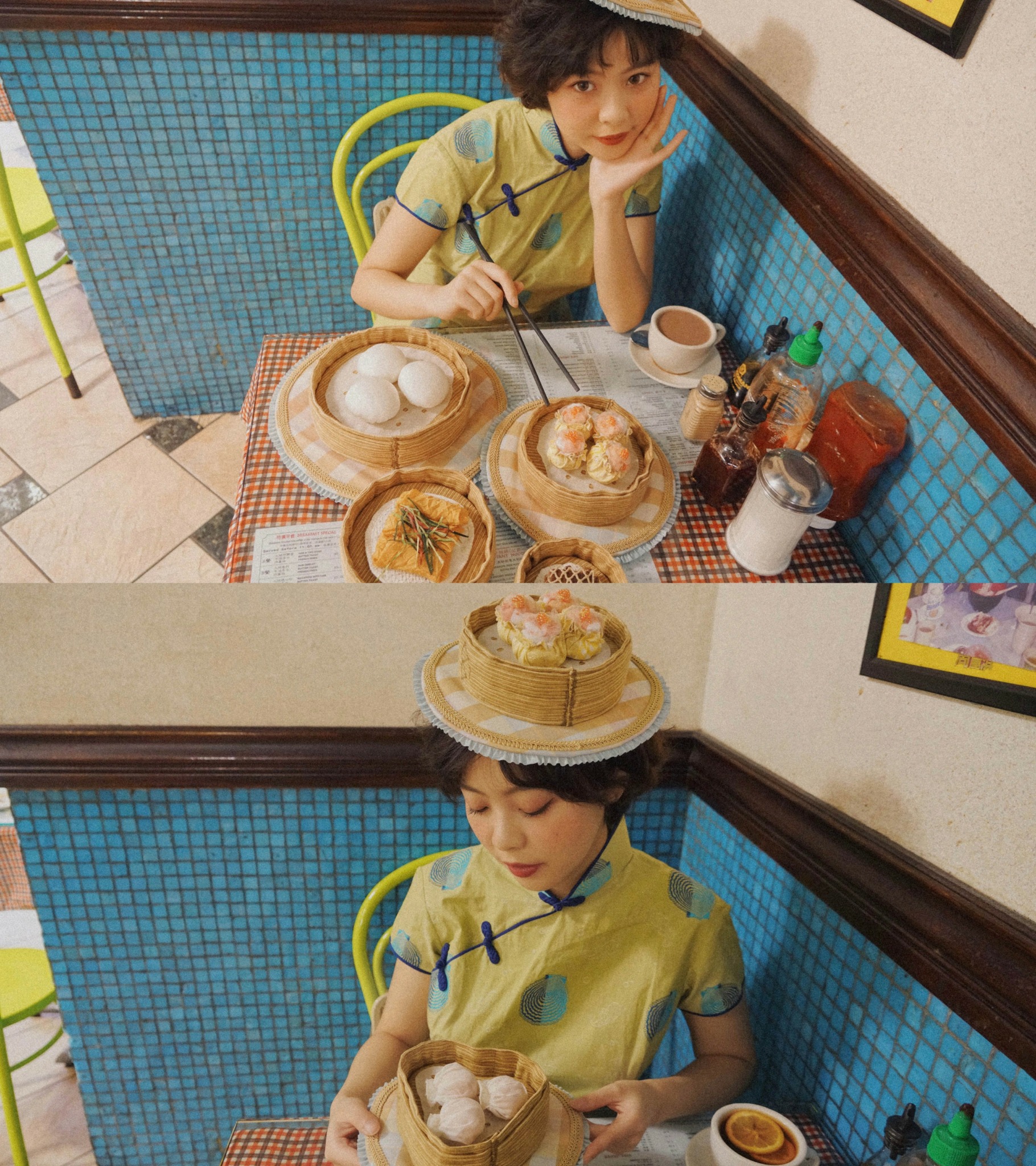
Tina, before we move on to more of these sorts of questions, can you take some time to bring our readers up to speed on you and what you do?
I am an interaction designer, but paradoxically, my true passion lies in creating tangible, handcrafted designs and artworks. Over the past ten years, I have dedicated most of my personal time to pursuing what I truly want to do—crafting wearable art by hand and exploring how fashion design can become a medium for documenting life, much like painting and film are used to convey emotions and narratives.
Each of my collections is a poetic narrative, inspired by the subtle fragments of daily life or abstract emotions—perhaps the fleeting melancholy that comes with the changing seasons, or the ambiguous connections between people. I want my work to be more than just decorative; I see it as a way of capturing perceptions, observing the world, and responding to it through design.
Living in a world-class metropolis gives me access to the finest materials. I can personally see, touch, and select the ones that best suit my work. I am highly selective, striving for perfection, and I want to create my ideal pieces using the best materials available. To me, my creations are not just about craftsmanship—they embody aesthetics, style, and perspective. They are the sum of my experiences, knowledge, and cultural influences—something that cannot be replicated. I do not believe in shortcuts, nor do I create merely for technical prowess. Instead, I want to build a world that is uniquely my own through my work.
I am not in a rush to achieve anything specific. For me, creativity is an ongoing, organic process that evolves alongside me. At this stage, I aspire to observe, document, and reflect on the world around me with a sense of calm and ease, allowing my work to become a testament to time and perception.
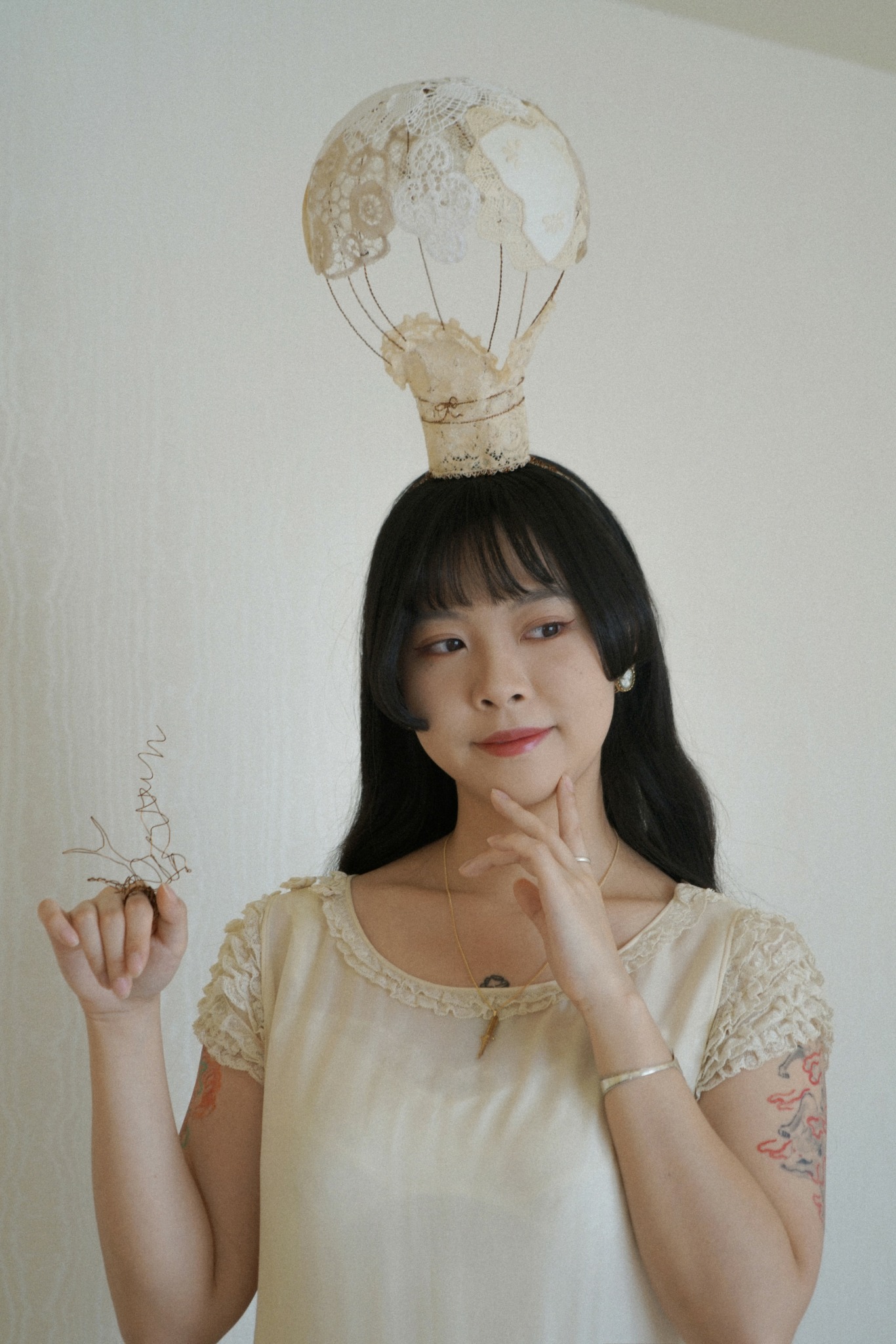

What do you think is the goal or mission that drives your creative journey?
My creative journey is driven by a desire to record and express emotions, preserve cultural narratives, and create tangible, wearable art that carries personal and collective memories.
I see fashion and wearable art not just as decoration but as a medium for storytelling—just like painting or film. Each piece I create is a reflection of a moment, an emotion, or an intimate connection to my surroundings. One of my core missions is to turn everyday details, cultural symbols, and fleeting emotions into something tactile and lasting.
Growing up in Guangdong, China, I have always been deeply connected to my cultural heritage, and I often find inspiration in the subtleties of tradition, nostalgia, and craftsmanship. My Cantonese food series, for example, is not just about aesthetics but about reinterpreting cultural identity in a contemporary and personal way. Through my work, I hope to make traditional and overlooked cultural elements more visible, more wearable, and more emotionally resonant.
Another key aspect of my journey is my commitment to craftsmanship and materiality. I am highly selective about materials, and I believe that handcraftsmanship adds an irreplaceable depth to design. In an era of mass production, I aim to create one-of-a-kind pieces that retain a sense of touch, warmth, and individuality.
Ultimately, I don’t create to follow trends—I create to build a world of my own, a world that speaks through aesthetics, textures, and forms. My goal is not just to sell accessories but to offer something meaningful, something that resonates with those who share my vision for art, beauty, and cultural storytelling.

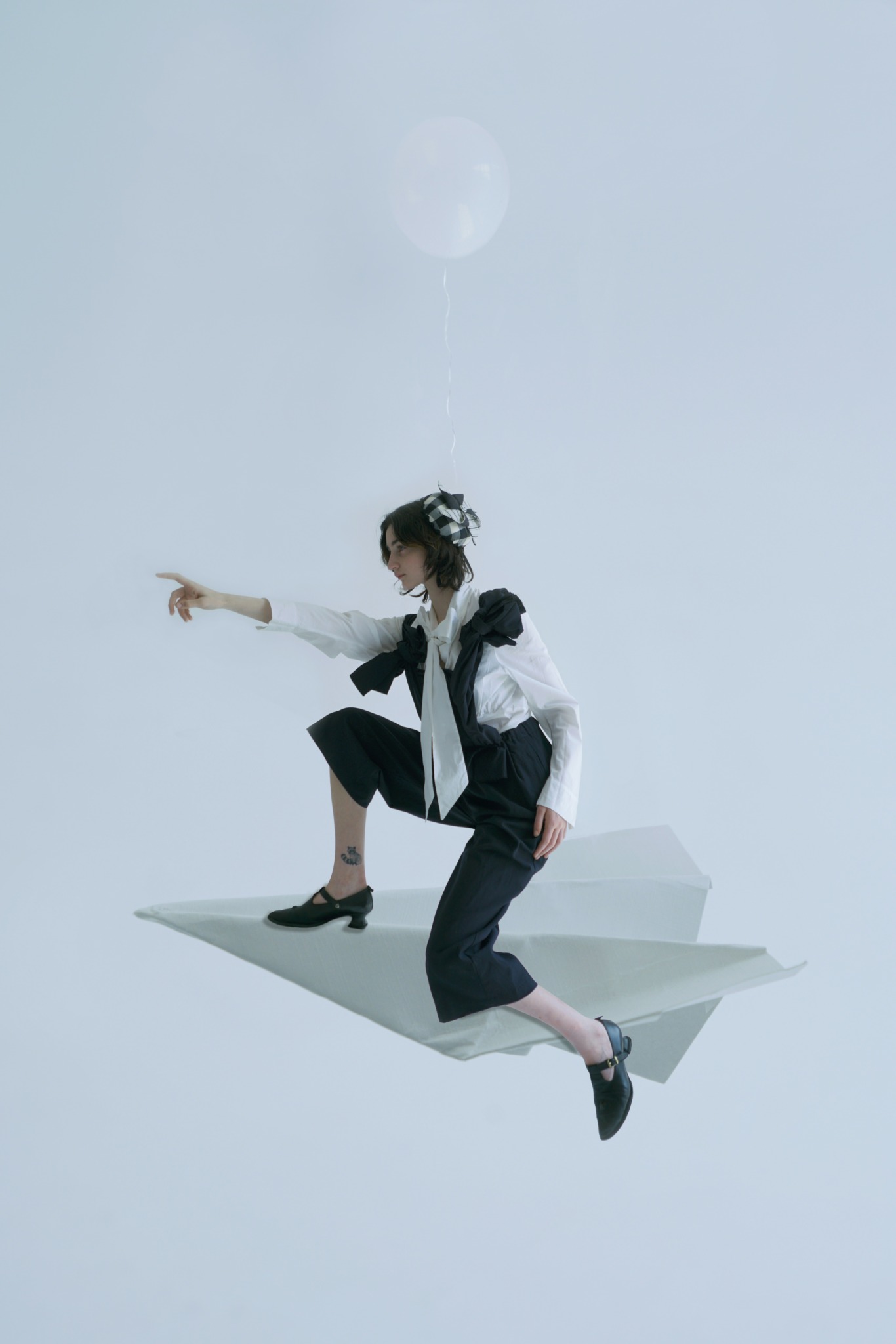
Is there something you think non-creatives will struggle to understand about your journey as a creative?
People often assume that creativity is all about inspiration, but in reality, it’s a slow and meticulous process. The hardest part of being a creator isn’t coming up with ideas—it’s refining them, experimenting with materials, and problem-solving along the way. What looks effortless on the outside is actually the result of countless hours of work behind the scenes.
Another challenge that non-creatives might not realize is the emotional and financial uncertainty of this path. Unlike traditional careers where hard work often leads to stable rewards, creative work doesn’t guarantee instant success. Sometimes, it takes years for people to appreciate a piece, and in the meantime, we have to navigate the complexities of running a business, finding the right audience, and staying financially stable—all while staying true to our artistic vision.
But despite these challenges, I wouldn’t trade this path for anything. The ability to create something meaningful, to share stories through my work, and to connect with people on an emotional level is what makes this journey worth it.
Contact Info:
- Instagram: _tinadeng_
- Other: Rednote: Tina Deng

